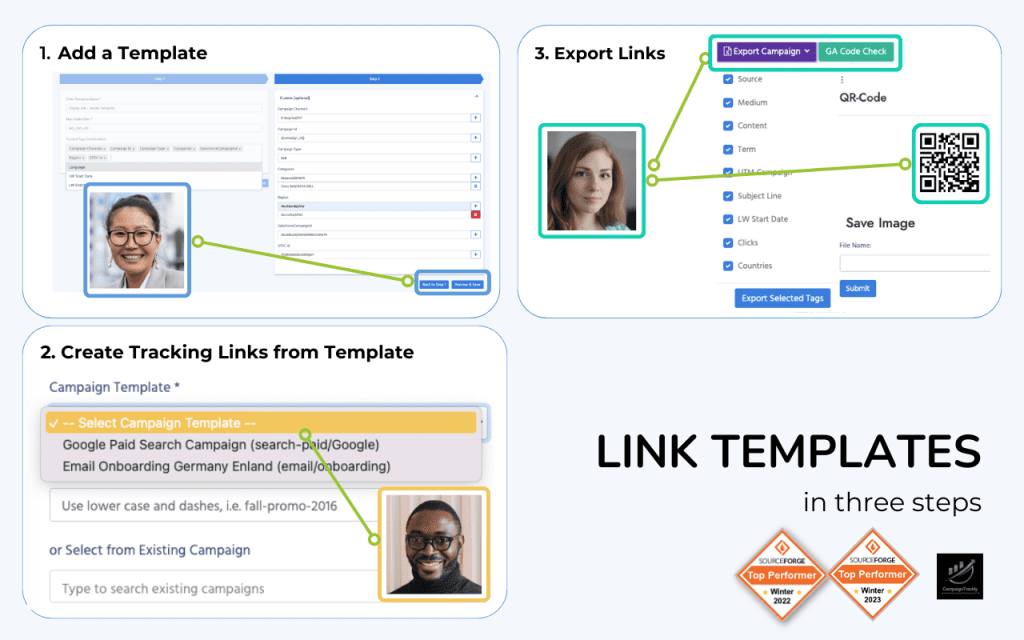Hi there, great question – and fundamental to how you build your UTM tagging strategy.
Tagging, whether via Google UTM or Adobe CID code is serious business and requires good tagging strategy and classifications. It could be work, but it is very rewarding as it helps you understand what actually generates clicks and $$.
My recommendation is to build a list of all the channels across which you are advertising/promoting your company. For example, twitter.com, likedin.com, quora.com, mailchimp.com, etc. – all of these are your promotional channels.
- In Google UTM speak, they are called “sources”. To signify that a link has been/will be promoted on Twitter, for example, we simply add the “utm_source=twitter.com” at the end of our link.
NOTE: We always remember to add a “?” before adding the first utm tag to our link.
Example: www.campaigntrackly.com?utm_source=twitter.com
A must-add element to channels is “utm_medium=” – it serves to further segment your promotion on your channel by type.
- For example, on Twitter, you can have paid promotions and organic promotions. So you might want to have 2 separate values for your Twitter promotions for more precise measurement.
Here is an example of a link that shows that I am promoting my blog organically on Twitter:
Last but not least, make sure you add a “utm_campaign=” to your link, because that is the only way Google Analytics will be able to register your tracking link and provide reports to you.
- I suggest you come up with a naming convention for your campaign names, such as yyyy-mm-dd-campaign-name – so all your campaigns are easy to sort, review and find. It is important to follow non-caps or sentence-type formatting as well to make sure you are running a neat and well organized tagging endeavor.
- You can view all your stats in Reports>Acquisitions>Campaigns>All Campaigns where your links will be displayed based off whatever you entered in the “utm_campaign” for every link.
Optional elements are “utm_content=” and utm_term=”, but they are very important if you want to get even more granular with your reports.
If you decide to use an automated tagging tool, such as Top-rated UTM Builder & UTM Link Maker: EASY. ACCURATE. FAST (disclaimer this is our tool, so you don’t have to use it, hehe), you can get all these tag classifications pre-saved in a library so you can use them again and again instead of having to type them. You can also use custom variables to track custom components – such as affiliates, campaign IDs, etc.
Good luck, hope this was useful.
Best, Milena








